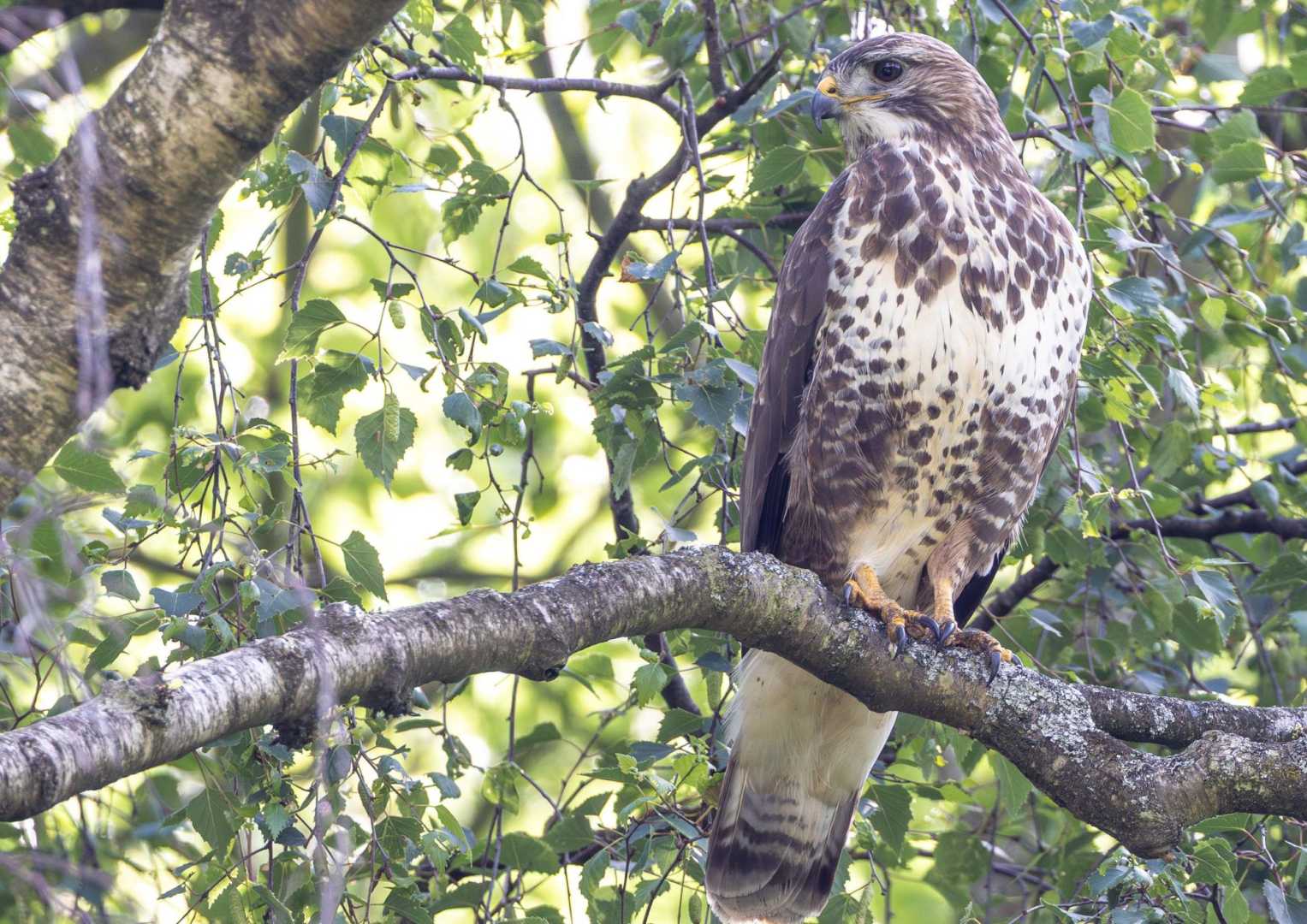News
Buzzards Nest Again in Hampstead Heath After a Century

London, England – Ecologists confirmed this week that a pair of buzzards is nesting on Hampstead Heath, marking the first time in 100 years that these large birds of prey have established a home in the area. This remarkable comeback highlights the improving ecological health of the iconic open space, attracting birdwatchers eager to spot the majestic birds during morning strolls.
Dr. Jeff Waage, a wildlife ecologist monitoring the Heath, shared the significance of the buzzards’ return with the New Journal. “They are remarkable – they are really big birds of prey. The Heath is one of the few places in London with a healthy rabbit population, but they also eat voles, rats, and mice. Coupled with plenty of tall trees and woodland, it makes the Heath a desirable location for the buzzard,” he said.
The buzzards prefer to build their nests high up in trees, and Dr. Waage suspects they have found a suitable location in the dense pine trees of Kenwood. Previously, young buzzards were spotted in the West Meadow, and these sightings have encouraged wildlife watchers to explore the area. “They have a very distinctive call and can make a real racket. The best time to spot one is early in the morning,” Dr. Waage explained. Unlike kestrels, buzzards do not hover, but they can be seen circling and riding thermal updrafts.
The return of buzzards is a positive indicator for the ecosystem, serving as apex predators that help maintain the balance of wildlife. “It is fantastic to think the Heath is wild enough to support a bird of prey,” Dr. Waage commented, noting that many other species of birds, including kestrels, sparrow hawks, and peregrine falcons, also nest in the area.
In addition to the buzzards, ecologists highlighted the diverse wildlife flourishing on Hampstead Heath, including crayfish, snakes, and terrapins. The establishment of red-clawed crayfish, introduced by a chef looking to create a self-sustaining supply for local restaurants, has thrived in the ponds for 75 years. Furthermore, grass snakes were reintroduced in the 1950s, offering even more opportunities for wildlife enthusiasts.
“Over 50 bird species breed here every spring, and our seasonal information boards inform walkers about the range of wildlife the open space supports,” Dr. Waage noted. The placement of new information boards across the Heath aims to engage the public and enhance their understanding of local wildlife.
The successful nesting of buzzards on Hampstead Heath illustrates the resilience of nature and the importance of urban wildlife conservation. As cities around the world increasingly focus on green spaces, the experiences in London can serve as a model for similar initiatives aimed at preserving and supporting urban biodiversity.












